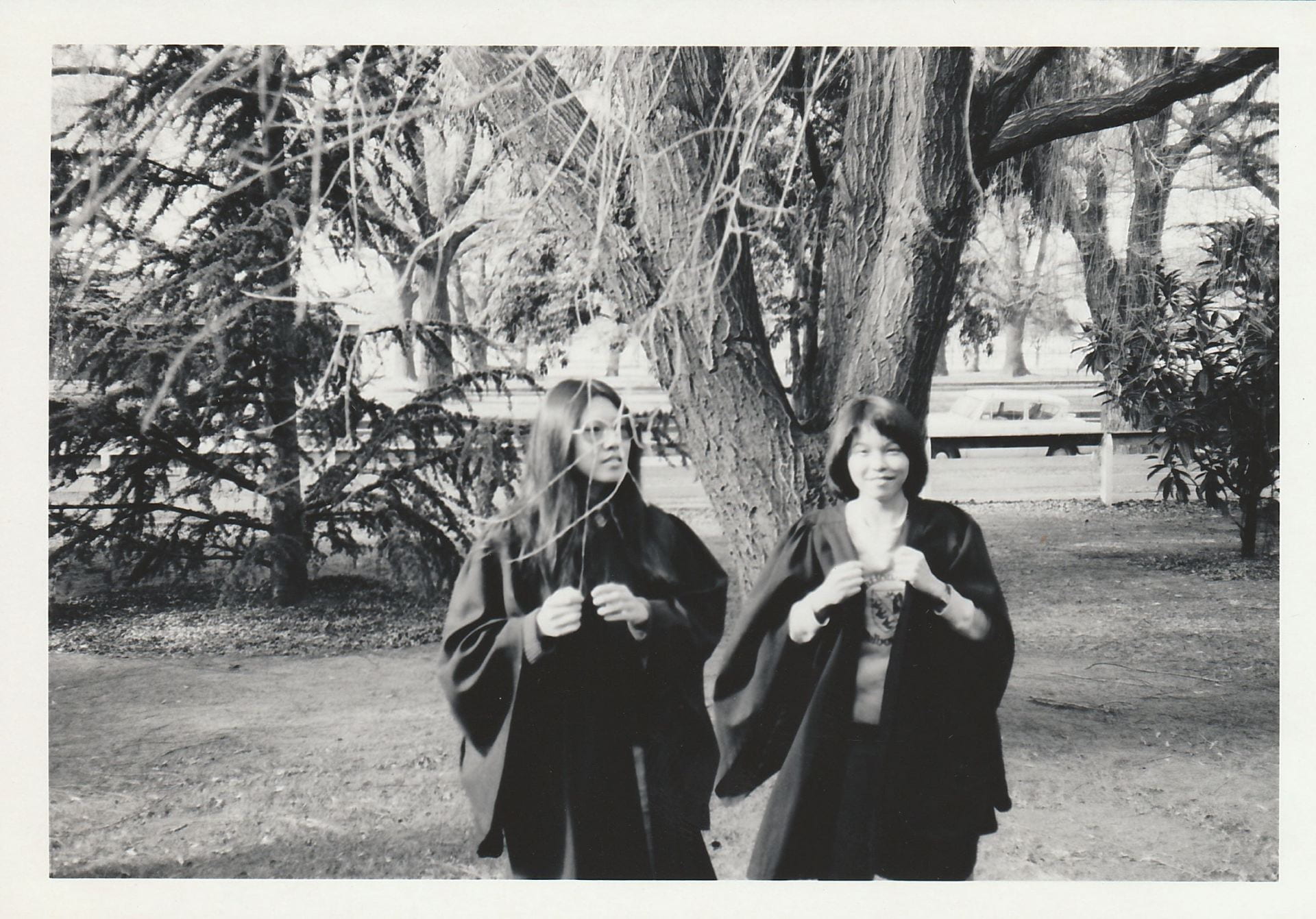
When did female residents arrive at IH?
The first residents of IH were all male. So when did female residents arrive?
In April 1953, the University Council agreed that IH should “eventually” have a building for women (Larkins, 2018, 9). According to Norman Harper, a member of the International House Committee in the 1950s, it was felt that there was a more urgent need to provide accommodation for male international students who at the time outnumbered females coming to Australia to study (Harper, 1953a; see too Harper, 1953b). In a letter to the Melbourne newspaper The Age, Harper wrote:
International Houses have normally catered for women as well as men, but the residences abroad are for graduate rather than undergraduate students, whose problems are in many ways more complex. At present the proportion of Asian woman students is small, and facilities for them are at present better than for men.
Harper, 1953a
By 1961, a number of women members of the International House Council were again lobbying to admit female residents (Larkins, 2018, p. 43). In April 1961, the International House Council Subcommittee on the Admittance of Women recommended:
- That accommodation for women in International House should be provided in the later stages of building.
- That such accommodation should be in a separate building or wing of the House.
It was not until 1971, however, that the International House Council resolved that “women students, both Australian and overseas, be admitted into residence in 1972” (International House Council, 1971, June 28).

Warden (Head of College) Gilbert Vasey imagined how IH might change as a result of this decision:
So it is fair to say that, with its membership next year about doubled, with, we expect, 30, 40, or (is it too much to hope?) 50 per cent of them women, the House won’t be the same again: the Dining Hall full, the Common Room crowded, girlish laughter, less blasphemy (or at the least more polite), different sports, more arts students, more musicians, better speeches in the Club, more articles for Satadal, a woman President sooner or later, women tutors, and, who knows, sometime a woman as Warden.
Vasey, 1971
The following year, the new Warden John Hopkins could report to the IH Council:
There is little doubt that the decision to become co-educational has been a great success – so much so that other colleges will be following the same policy in 1973.
Hopkins, 1972

Almost fifty years later, the hopes of Warden Gilbert Vasey – to see “a woman President sooner or later, women tutors, and, who knows, sometime a woman as Warden” (Vasey, 1971) – have all come true.
References and further reading
Macdonald, A. (1971, October 7). Girl students move in with boys. The Age, 19.
Harper, N. D. (1953a, May 6). International House plans. The Age, 2. http://nla.gov.au/nla.news-article206440370
Harper, N. D. (1953b, May 7). Men first. The Argus, 2. http://nla.gov.au/nla.news-article23242854
Hopkins, J. F. (1972, September 13). Warden’s report no. 2, International House Council Minutes, International House Archives.
International House Council (1970-1977). Minute book. International House Archives.
Larkins. F. (2018). International House Melbourne: Sixty years of fraternitas. Melbourne University Publishing.
Vasey, G. (1971). Warden’s report. Satadal, 2.